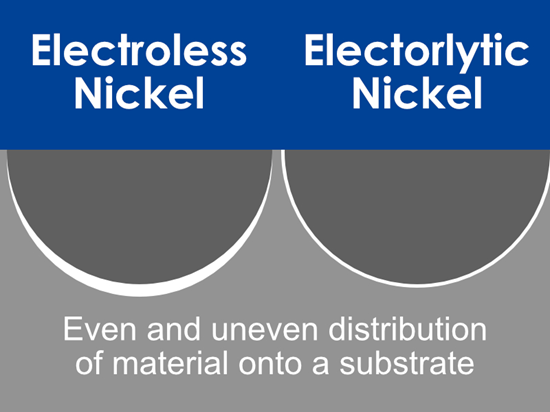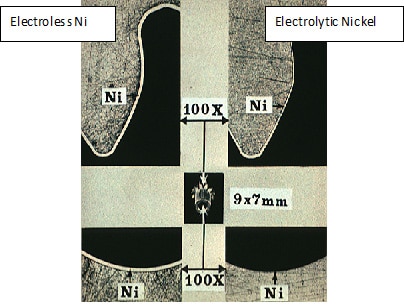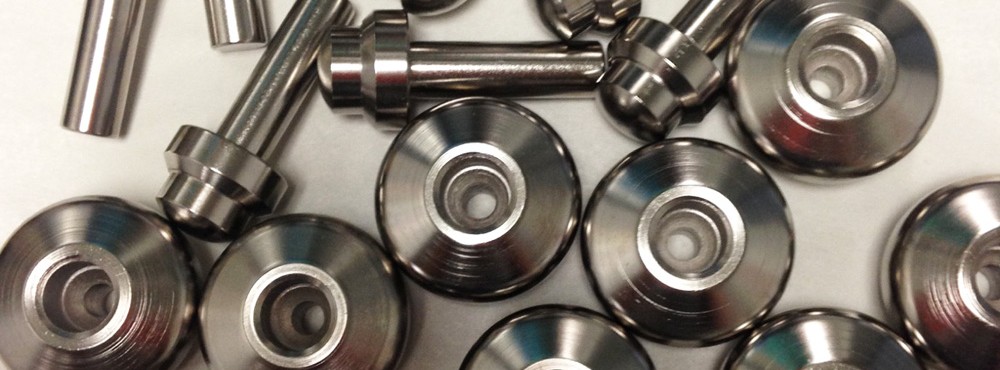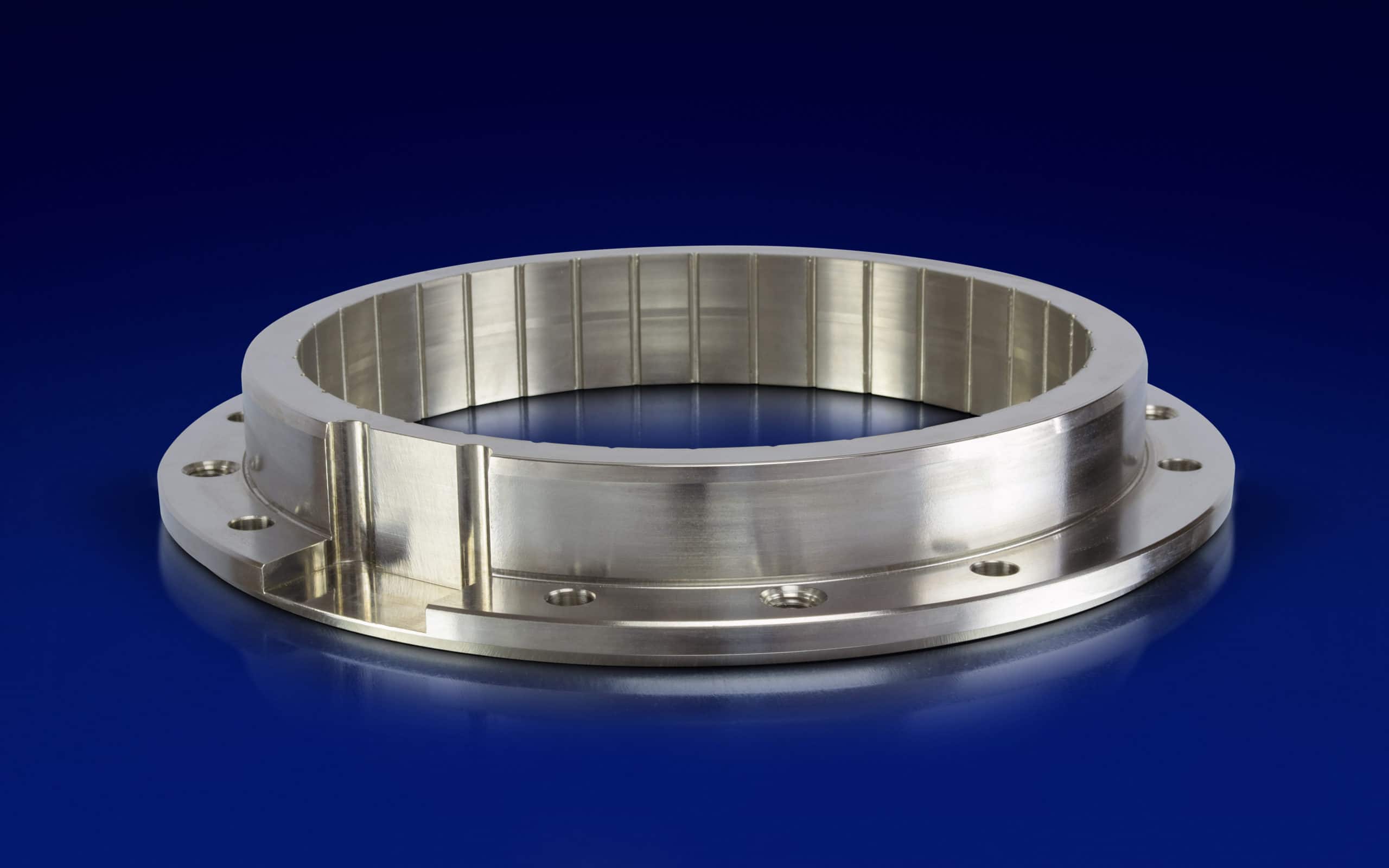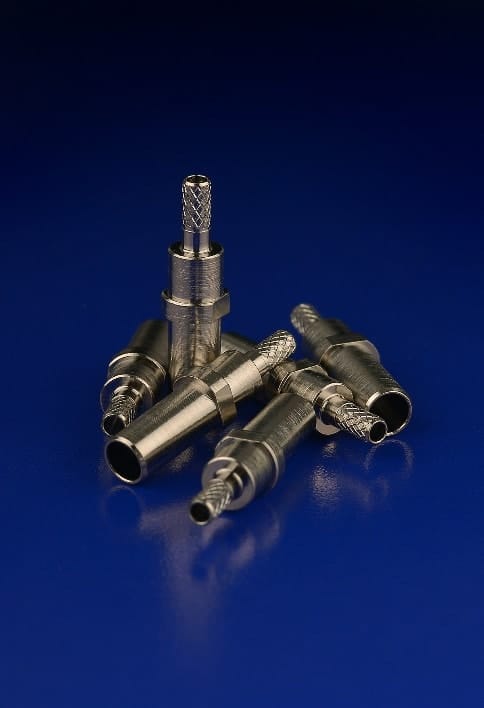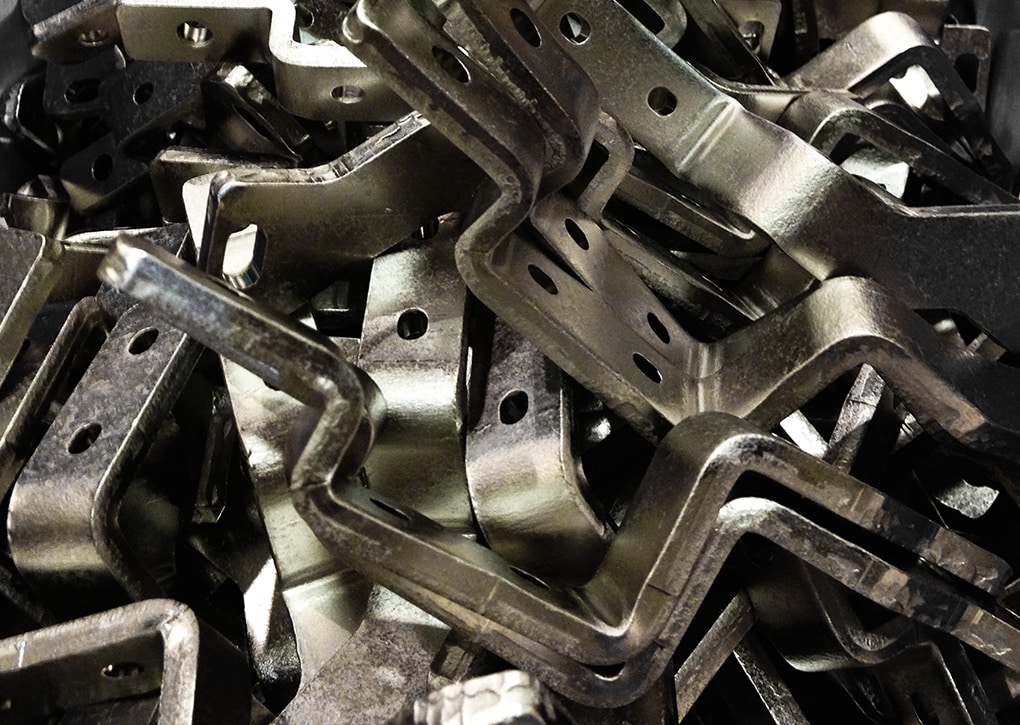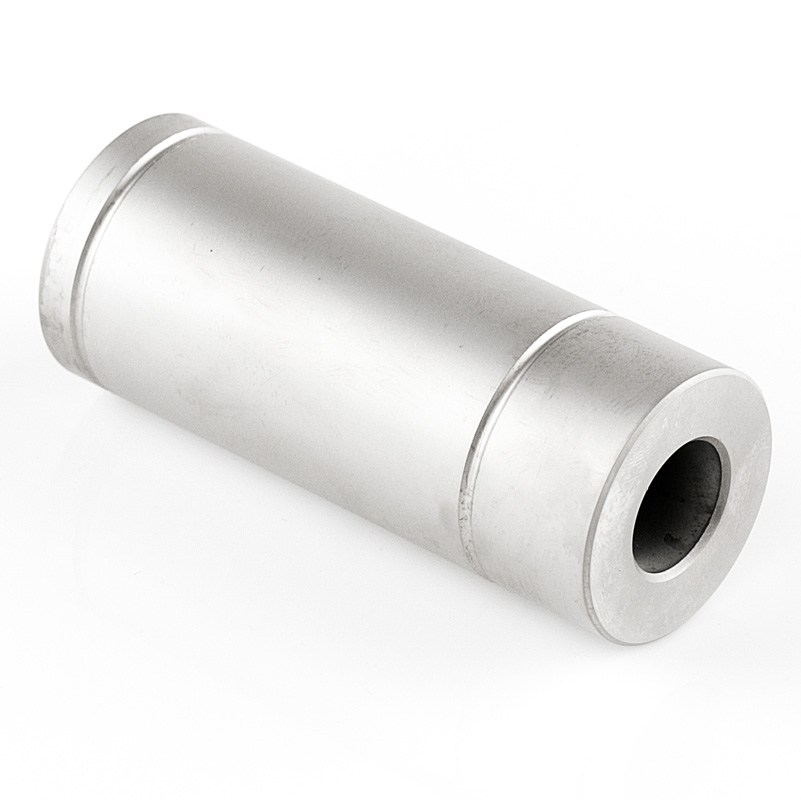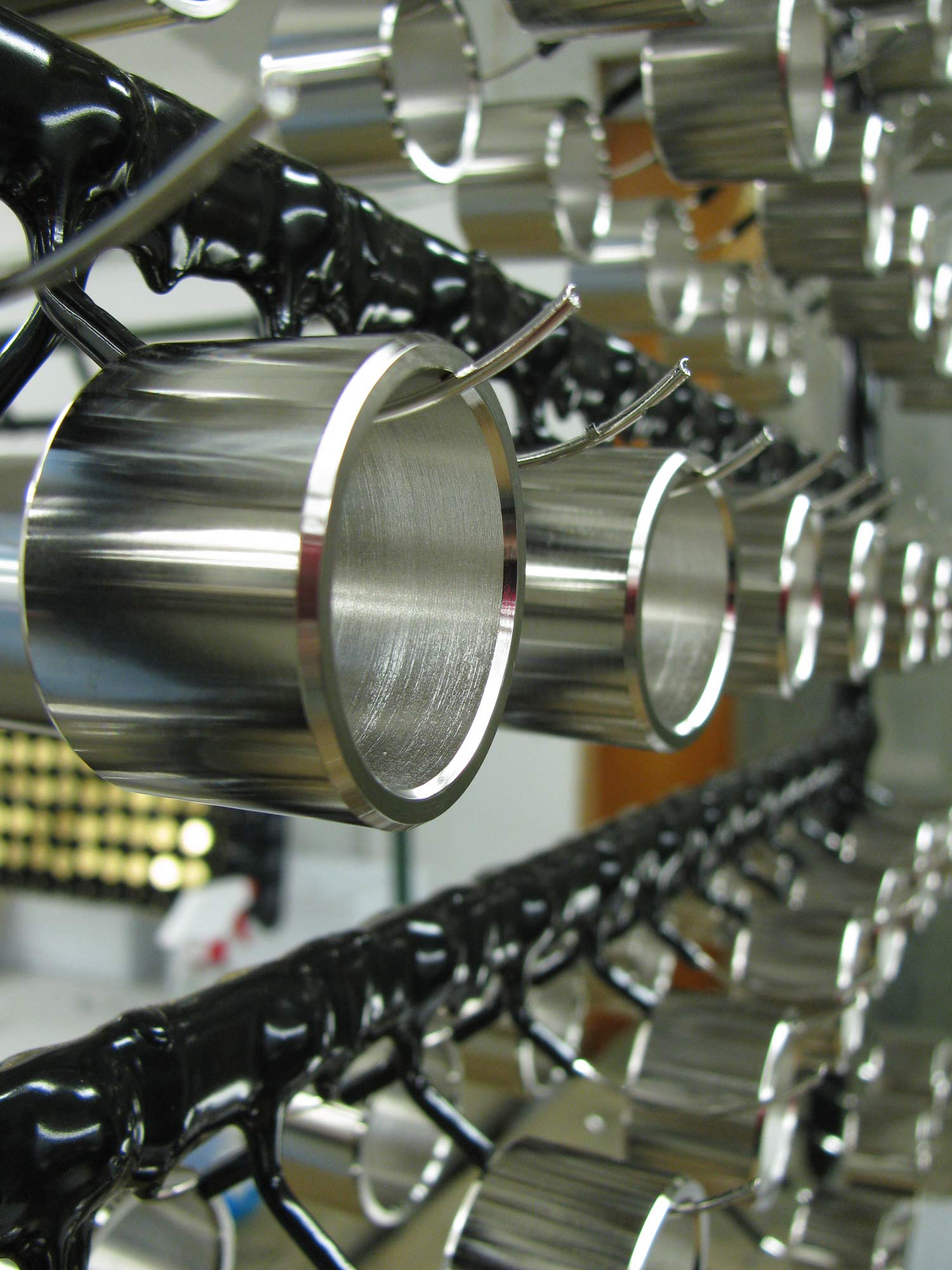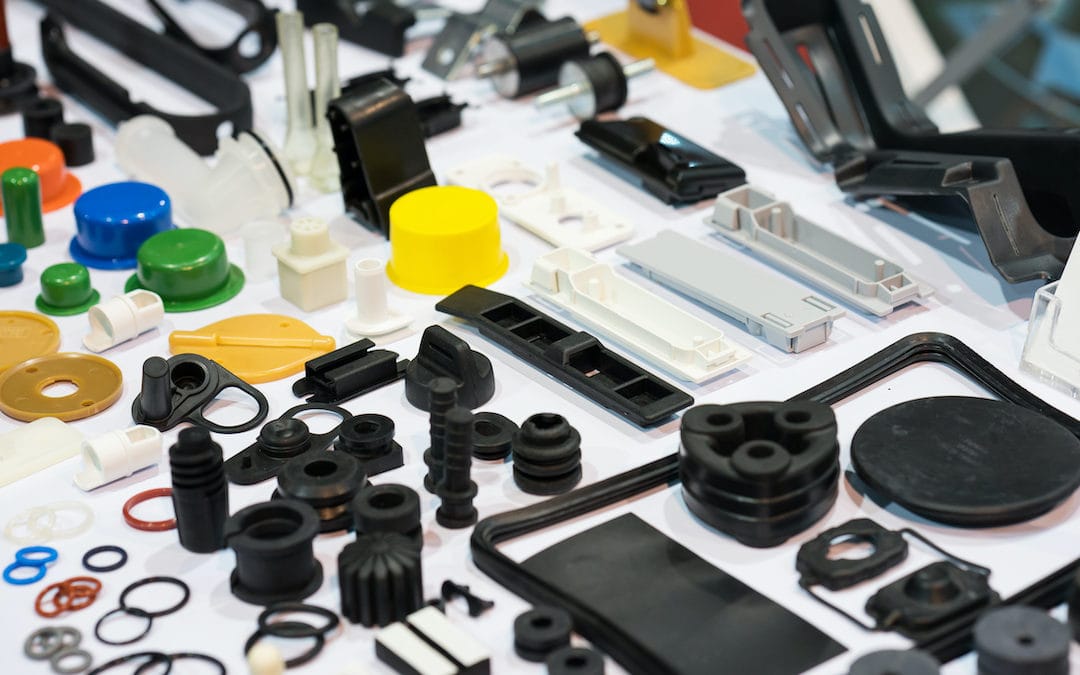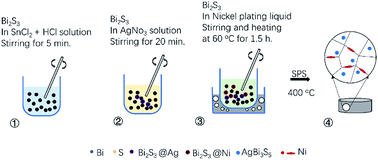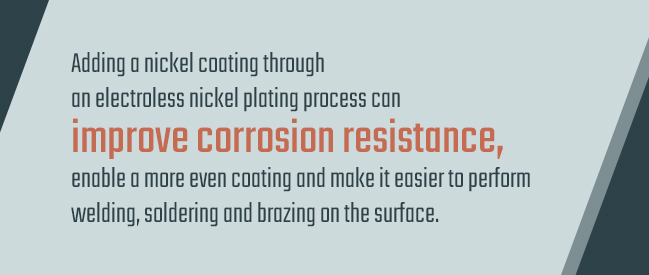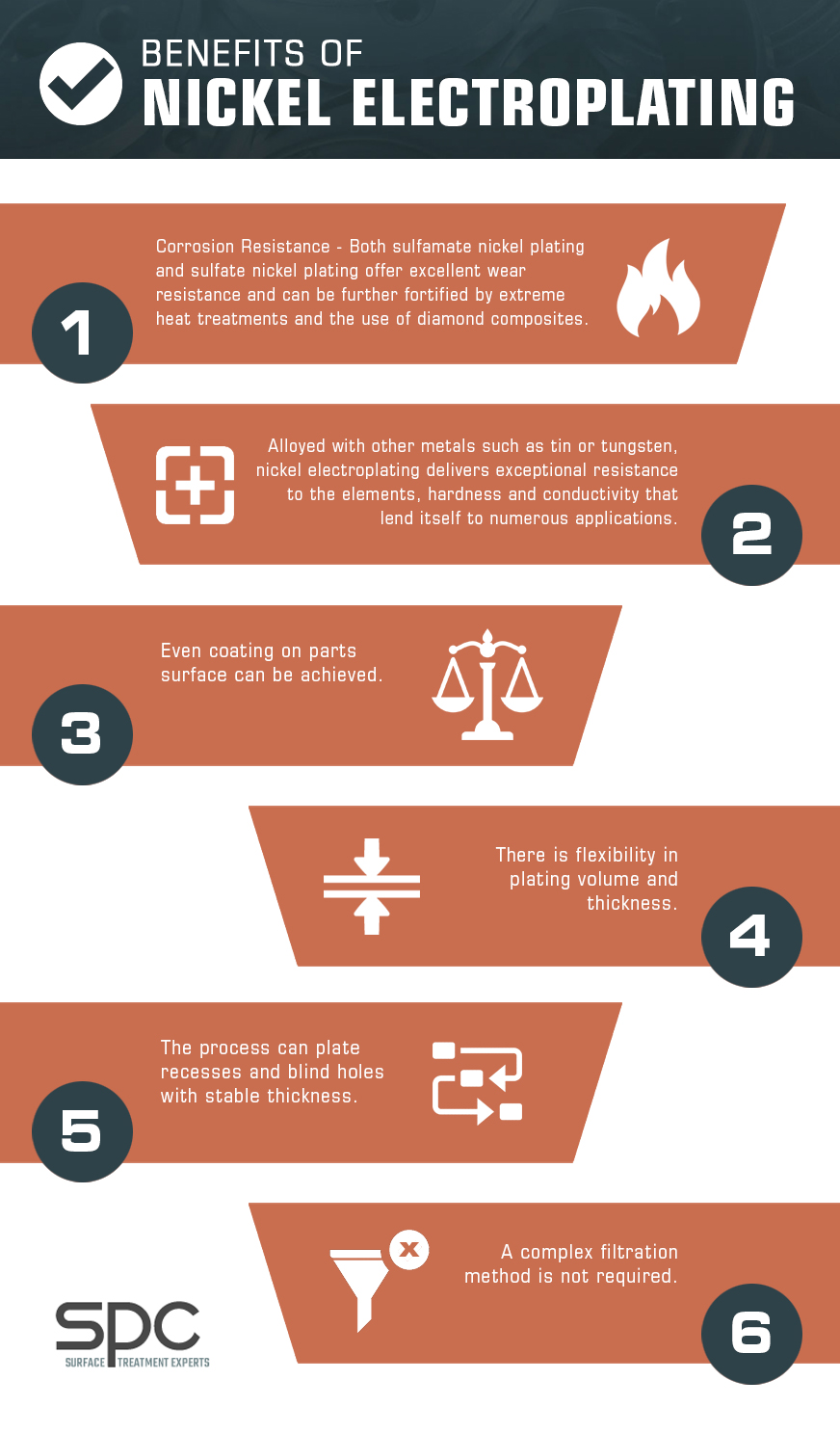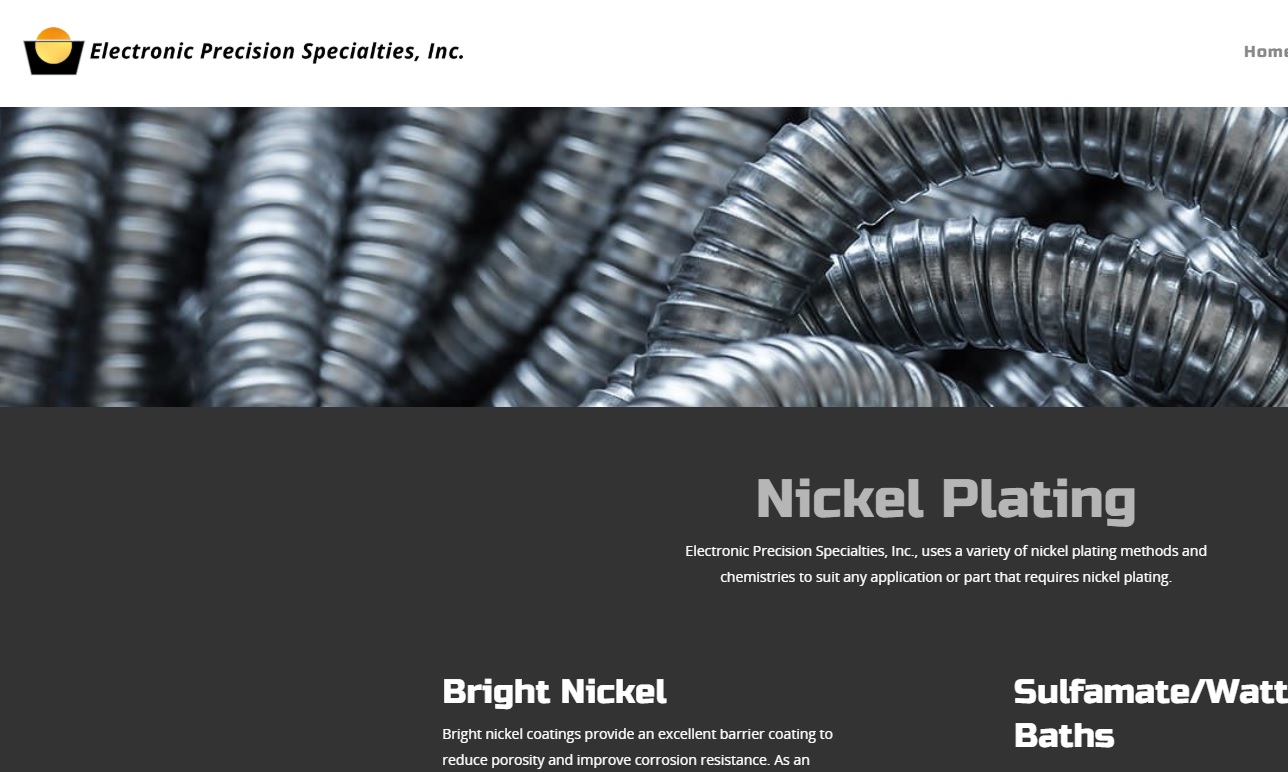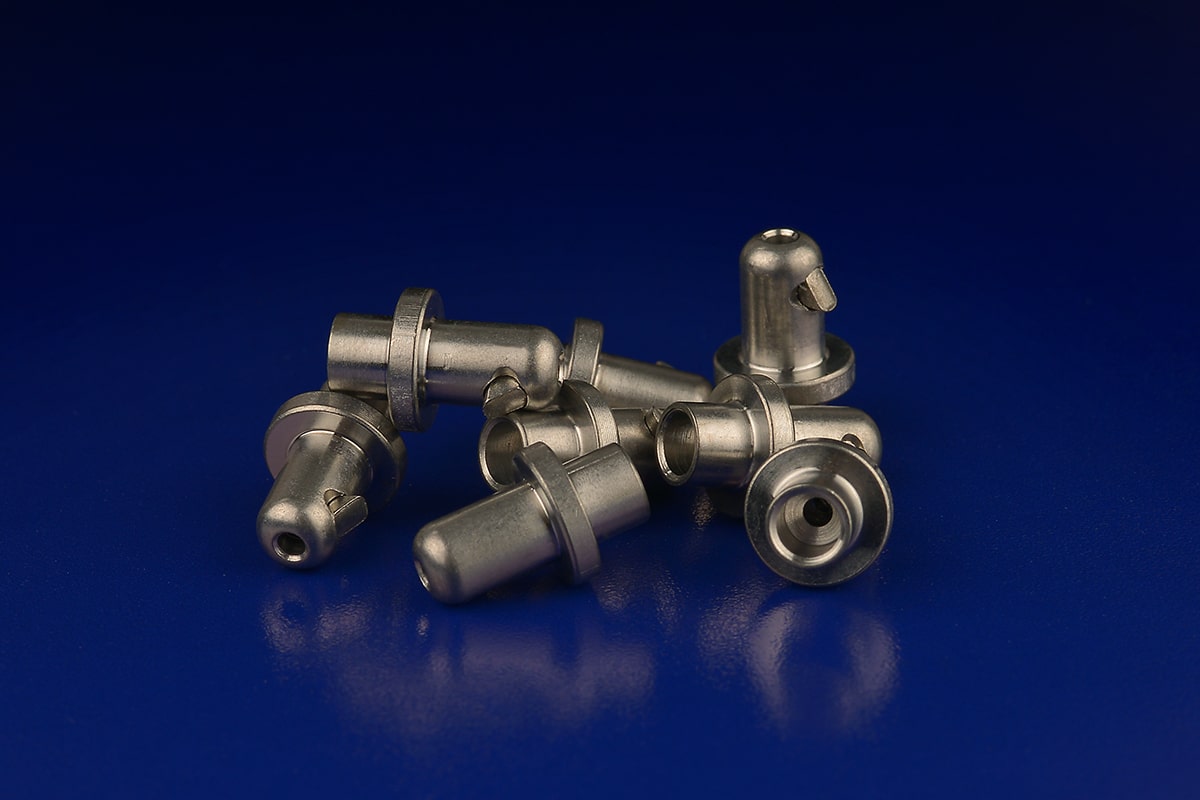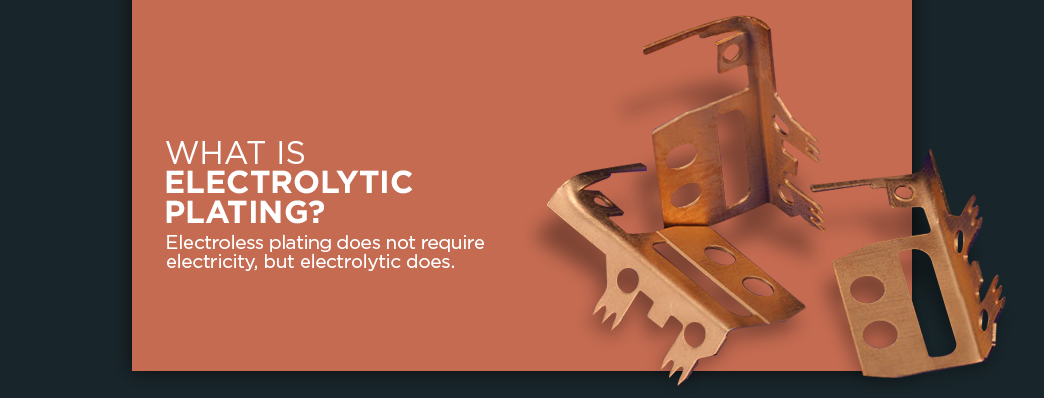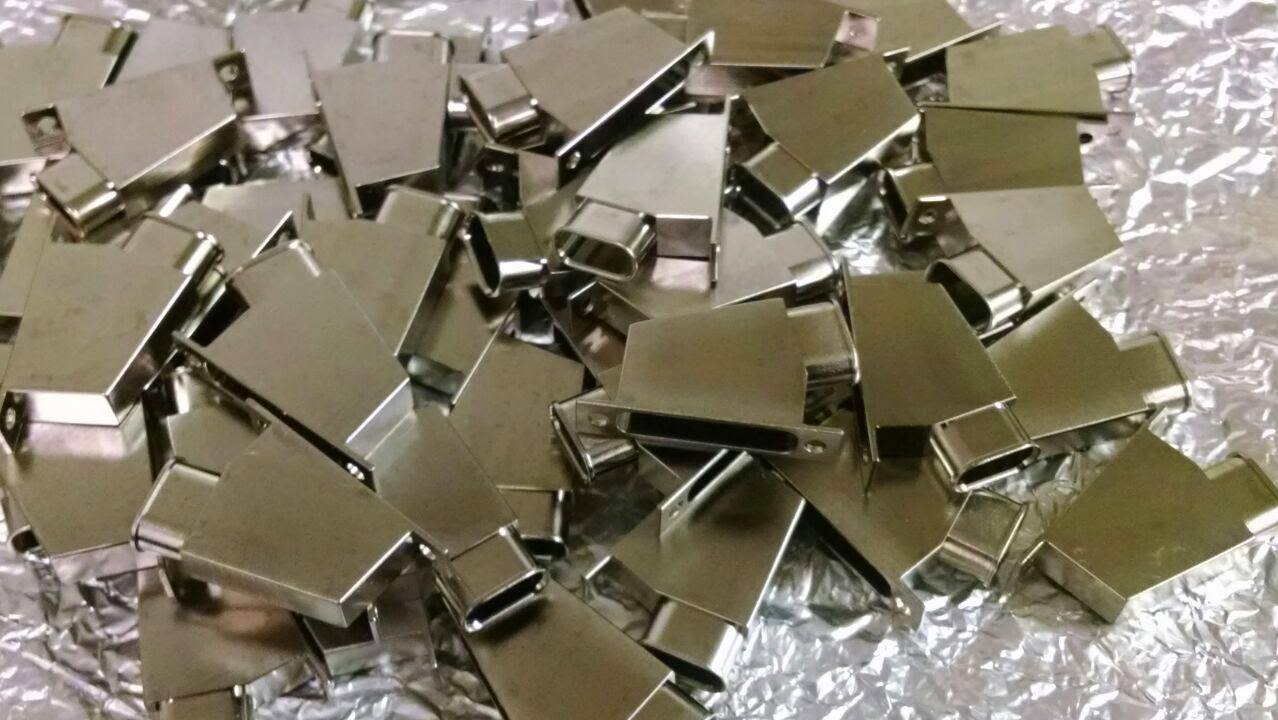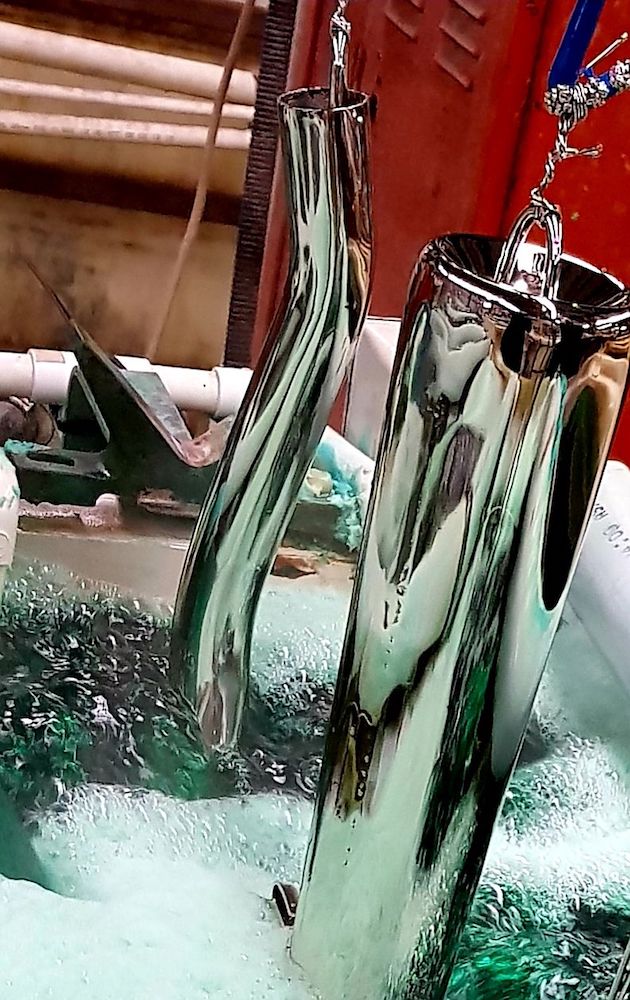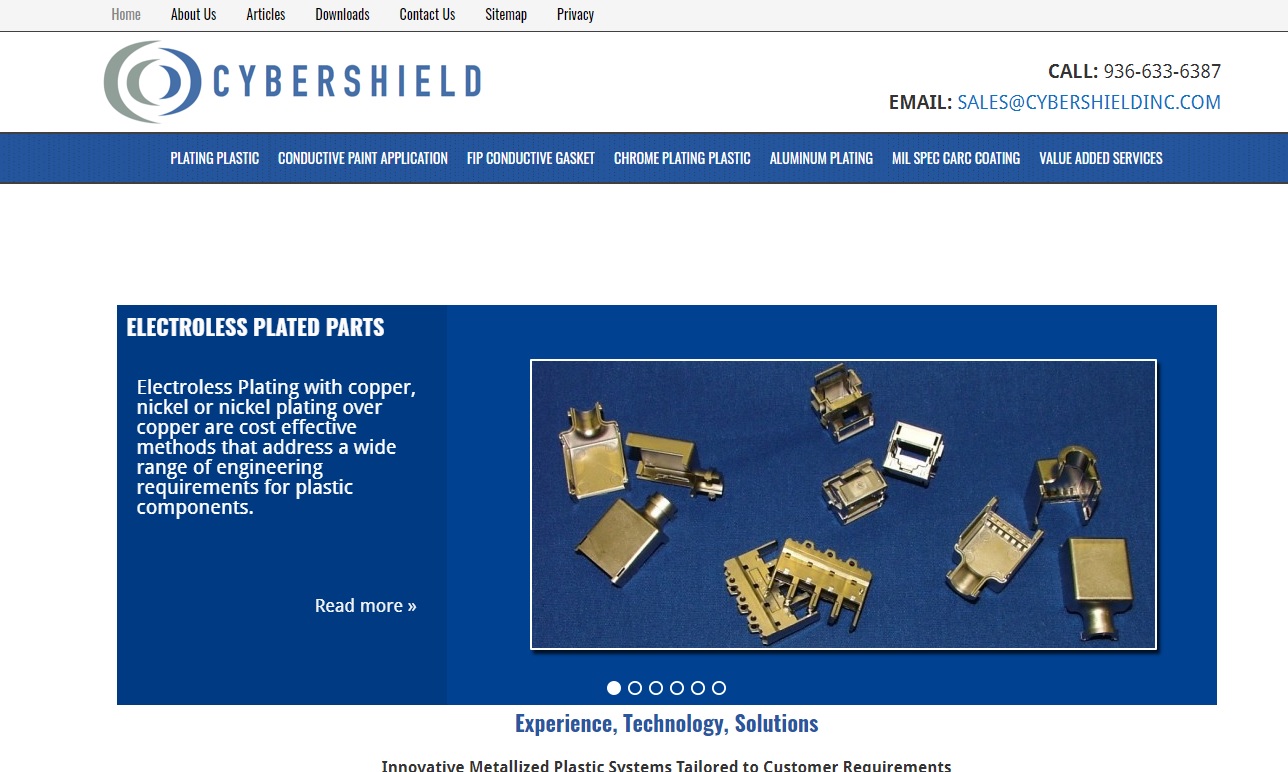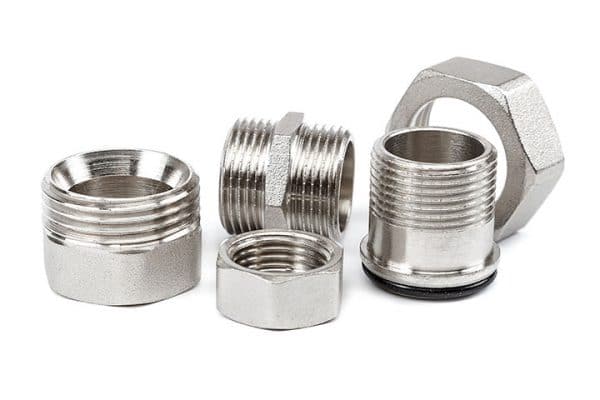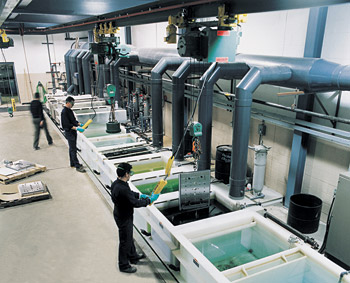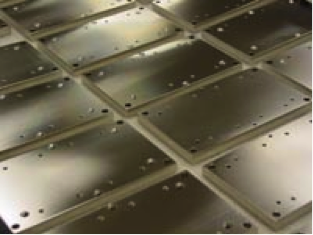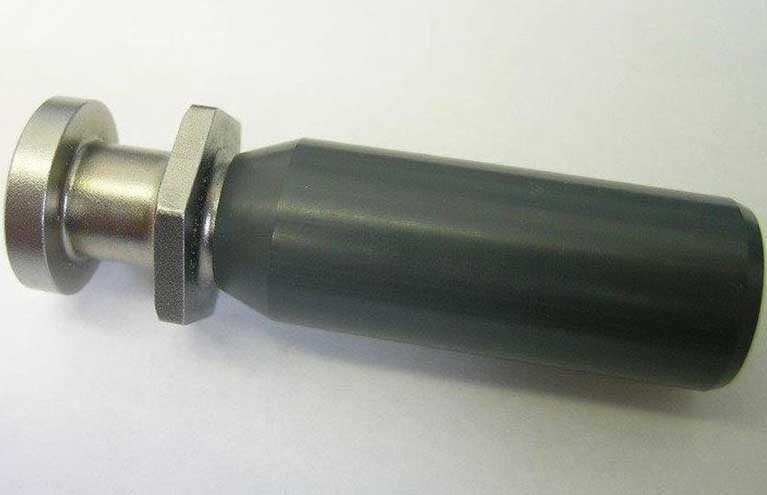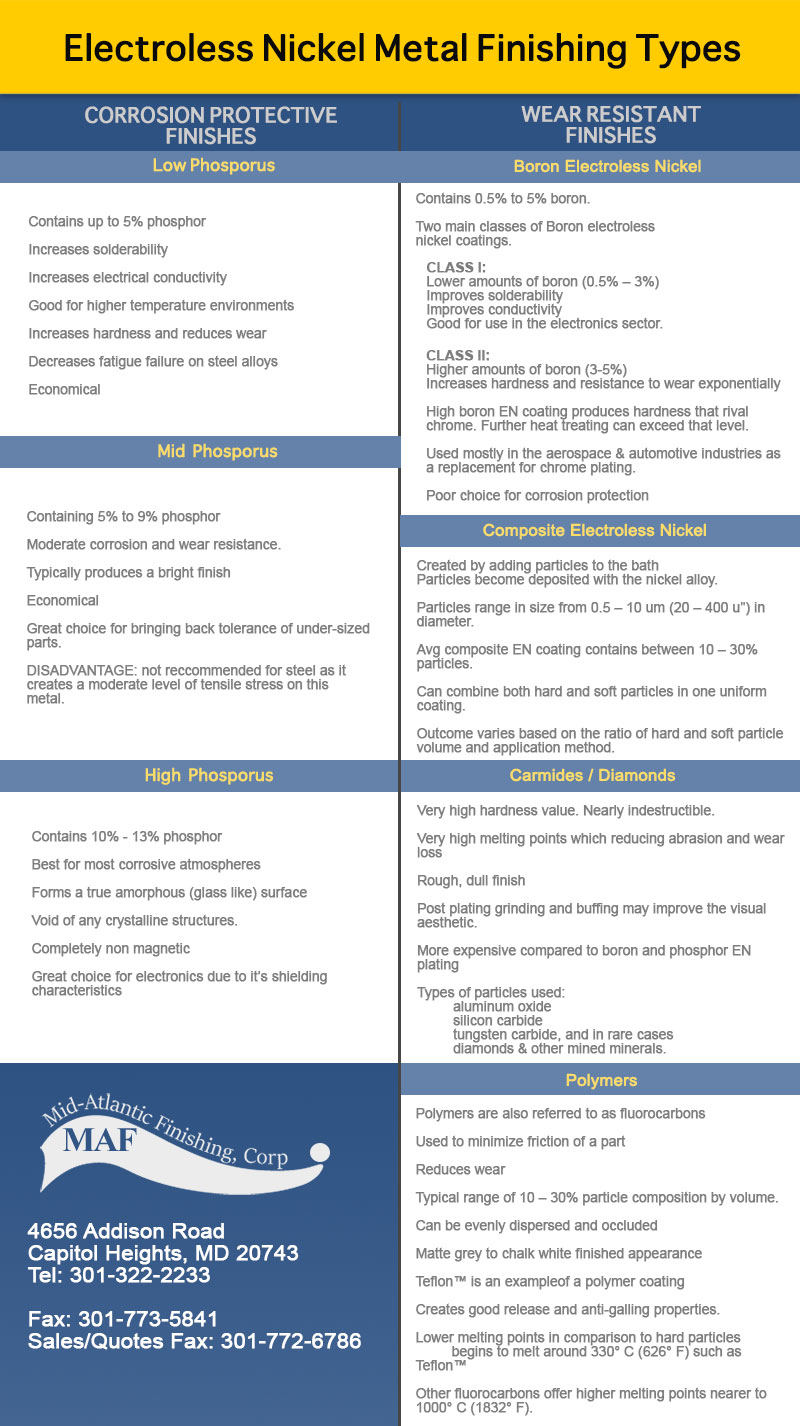Electroless Nickel Plating Electrical Conductivity

The specific resistance of electroless nickel with 6 7 p is about 50 70 micro ohm cm in general the more phosphorus the more resistance.
Electroless nickel plating electrical conductivity. The electrical conductivity of nickel is 9 7 10 4 s cm 7 9 26. The thermal conductivity of an electroless nickel deposit containing 8 to 9 percent phosphorus is 0 0105 to 0 0135 cal cm sec c. Black nickel is electrolytic nickel plating with a secondary treatment to turn the surface black. For example 3 p gives a resistance of about 30 micro ohm cm 8 9 p gives a resistance of about 90 110 micro ohm cm.
Hardness heat hardenability solderability electrical conductivity and abrasion wear and corrosion resistance. Electrodeposited nickel has a value of 0 19 to 0 26 cal cm sec c. Electrical thermal conductivity the thermal and electrical properties of electroless nickel coatings will vary with phosphorus content. This plating will provide corrosion resistance and maintain electrical conductivity while reducing reflectivity on the surface.
There is a difference in electrical conductivity properties. Nickel electroplating electroplating or surface treatment involves applying a thin layer of metal or metal alloy. The purpose is to change the technical or physical properties of the surface of the items being plated such as their electrical conductivity or to improve their durability appearance and performance. It is a coating with multi functional properties.
The formulation of the plating solution can also affect conductivity. Heat treatments precipitate phosphorus from the alloy and can increase the conductivity of electroless nickel by 2 to 4 times. Heat treatment can lower the resistance a lot. They are conductive but not as much as some other metals.
Hard chrome and electroless nickel plating aren t typically used for their electrical conductivity attributes. Tests with baths complexed with sodium acetate and with succinic acid showed electrical resistivities of 61 and 804μω cm respectively. Gold plating is applied to provide excellent electrical conductivity for many industries. First developed in the 1940s electroless nickel en plating is used heavily by automotive and aviation for corrosion and wear resistance.
Conductive textiles coated with nickel aluminum silver and copper are important types of materials for emi shielding. The electrical resistivity and thermal conductivity of high phosphorus en is generally 50 200 micro ohms cm and 0 08 w cm2 k respectively.
